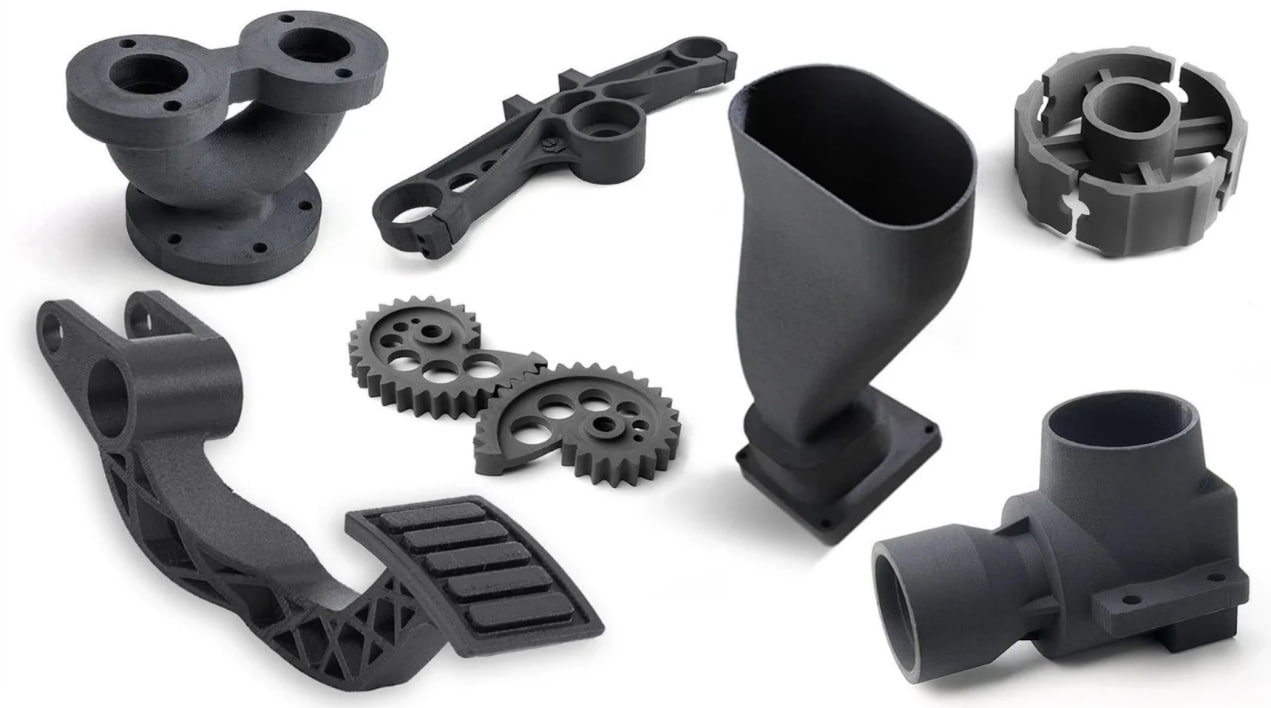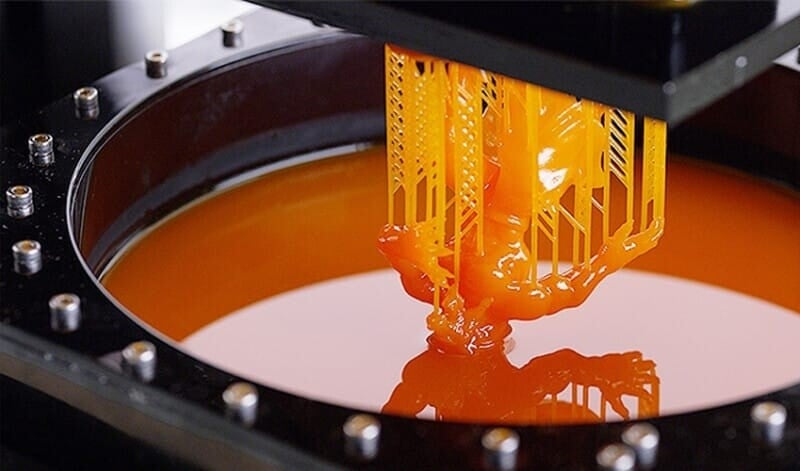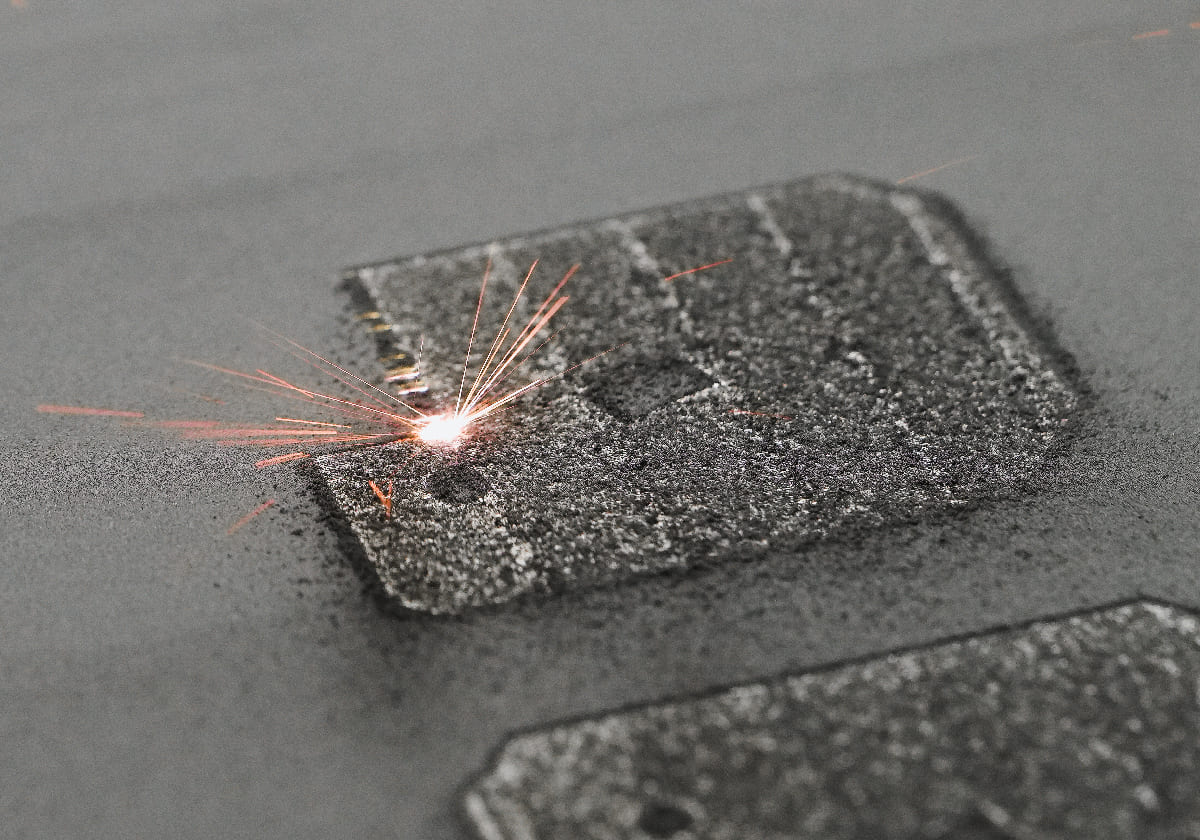On-demand 3D printing has revolutionized modern manufacturing, enabling rapid prototyping, custom production, and high-precision parts across industries. Learn how Entag’s 3D printing services in Egypt combine speed, material variety, and scalability to turn digital designs into real-world products.

On-demand 3D printing service has redefined how products are designed, prototyped, and manufactured. What was once limited to niche applications has now become a standard tool across industries from healthcare to automotive to consumer goods. Businesses and individuals alike turn to 3D printing services to produce high-quality, cost-effective parts with unmatched design freedom.
Here at Entag, we leverage these advanced technologies to provide reliable and scalable 3D printing solutions for clients in Egypt and beyond.
This flexibility is why industries increasingly rely on 3D printing not just for prototyping, but also for final-use parts.
Modern 3D printing covers a wide variety of processes, each suited for specific outcomes:
Together, these technologies give businesses a toolbox for rapid design validation and efficient production.
3D printing, also known as additive manufacturing, transforms digital designs into physical objects by building them layer by layer. The process starts with creating a 3D model using CAD (Computer-Aided Design) software, where engineers or designers define the part’s geometry, size, and material requirements. This file — typically in STL, OBJ, or STEP format — is then prepared for printing through a process called slicing, which converts the design into thin layers and generates the printer’s toolpath.
Once the model is ready, the 3D printing service begins the actual build. Depending on the technology — FDM (Fused Deposition Modeling), SLA (Stereolithography), or metal 3D printing — the printer deposits or solidifies material layer by layer. In FDM printing, thermoplastic filaments like PLA, ABS, or PETG are heated and extruded to form strong prototypes and functional components. In SLA printing, a laser cures liquid resin with high precision, ideal for smooth, detailed surfaces. For industrial 3D printing or on-demand manufacturing in Egypt, metal 3D printers use powder-based processes such as SLM (Selective Laser Melting) to create high-strength parts from stainless steel, titanium, or aluminum.
After printing, each part undergoes post-processing to achieve the final quality. This may include support removal, sanding, polishing, or coating to enhance the surface finish and dimensional accuracy. The result is a fully functional prototype or production-ready component, made within days instead of weeks.

Alt text: Sterelighography (SLA) printing using plastic resin with supports. The supports are light orange supporting the main product in dark orange.
Selecting the right material is one of the most important steps in achieving a successful 3D printing project. Each material offers unique mechanical, aesthetic, and cost advantages — the key is to match it with the part’s function, durability needs, and application. Below are the most common 3D printing materials used in Egypt and when to choose each:
The cost of 3D printing varies based on several factors, mainly the material type, part size, and printing technology used. Affordable materials like PLA and ABS suit prototypes, while resin or metal 3D printing costs more due to precision and finishing needs. Higher layer resolution and complex designs also increase print time and expense. Post-processing—such as sanding or coating—adds extra cost but improves quality. For on-demand manufacturing in Egypt, printing parts in batches often reduces the overall 3D printing price, making it an efficient choice for both prototypes and small-scale production.
To get the best results from your 3D Printing Service, you need to prepare your digital file carefully before production. Follow these essential steps to ensure accuracy, quality, and efficiency:
3D printing services are now integral to multiple sectors:
The adaptability of 3D printing makes it indispensable for any sector requiring quick turnaround, cost efficiency, and precision.
Like any technology, 3D printing presents challenges but with the right expertise, these can be overcome:

Alt text: Focused SLM (selective laser melting) process, Metal 3d Printing.
The Challenge:
A fast-moving consumer goods (FMCG) company needed a new bottle cap design tested across multiple shapes and sealing mechanisms. Traditional mold tooling would take months and require a high upfront investment.
Our Solution:
We used FDM and resin 3D printing to produce over 100 prototype variations in PLA and ABS. These were tested for ergonomics, sealing efficiency, and durability. Once the design was finalized, a high-strength ABS version was created to validate performance in drop and pressure tests.
The Result:
The company finalized its packaging design in less than 6 weeks, a process that would normally take 6–8 months with conventional tooling. This allowed them to launch their product four months earlier, gaining a critical advantage in a competitive market.
An on-demand 3D printing service allows individuals and businesses to upload digital 3D models and have them produced quickly using advanced 3D printing technologies. It eliminates the need for in-house equipment, providing rapid prototyping and low-volume production at affordable costs.
Most 3D printing services accept common file formats such as STL, OBJ, and STEP. These formats maintain geometric accuracy and are compatible with most industrial 3D printers.
Production time depends on the material, printing technology, and complexity of your design. However, with on-demand 3D printing, you can typically receive your parts within 2–7 business days.
You can choose from a wide range of materials including PLA, ABS, PETG, Nylon, Resin, and metal powders for industrial applications. The right material depends on your part’s purpose—prototyping, functional testing, or end-use production.
The accuracy of 3D printing services varies based on the technology used. SLA and SLS processes can achieve tolerances as fine as ±0.1 mm, making them ideal for precision components and engineering applications.
While 3D printing is best suited for custom manufacturing and short production runs, hybrid approaches—such as combining CNC machining and 3D printing—can make small-batch production more efficient and cost-effective.
Yes. On-demand 3D printing services are particularly valuable for rapid prototyping, helping companies test and refine designs without investing in expensive molds or tooling.
Conclusion
On-demand 3D printing service is more than just a manufacturing trend it’s a shift in how industries innovate and compete. From prototyping packaging to developing custom medical solutions, 3D printing provides the agility and precision needed in today’s fast-moving markets.